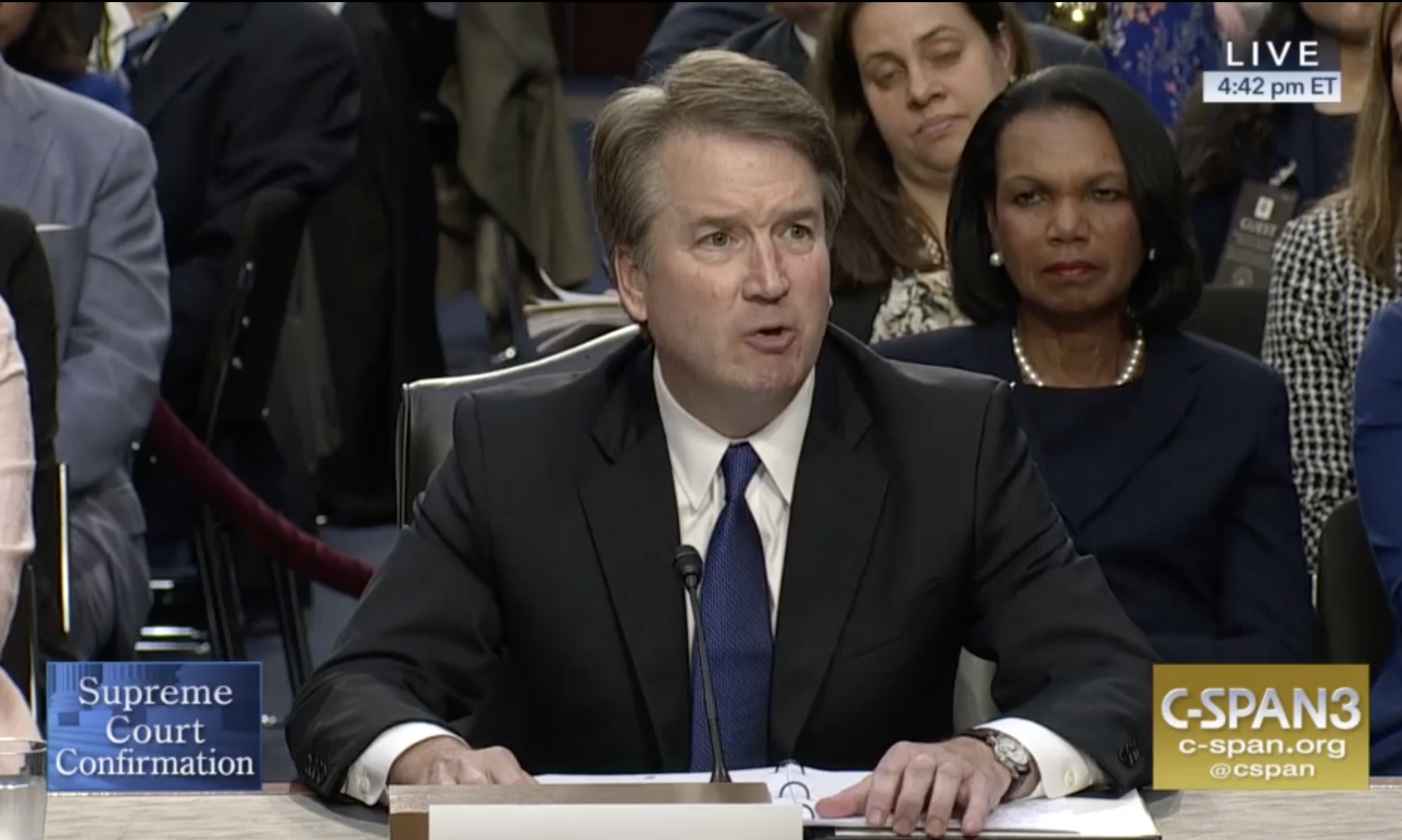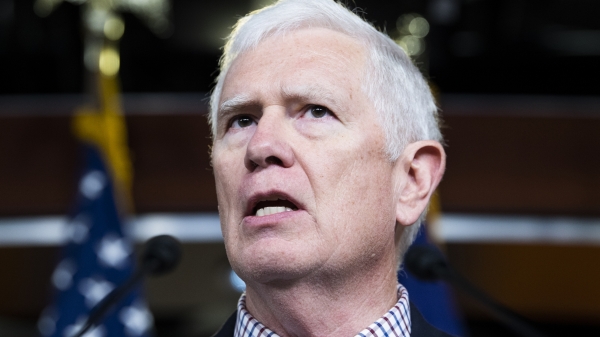By Bill Britt
Alabama Political Reporter
Editors Note: Maria Morris, who serves as managing attorney for the Southern Poverty Law Center’s Alabama office where her primary focus is dedicated to education and juvenile justice reform in Alabama. Morris has graciously agreed to be a part of helping us understand more aspects of the criminal justice system in our series, Smart On Crime.
For years the primary consideration in corrections has been punitive. While punishment is primary to incarcerate there is an ever-growing body of evidence and science-based tools that allow for understanding what works and what does not when it comes to criminal justice. As science in crime solving has evolved into everyday tools of the trade so is the approach to prisons, parole and community-based programs.
Albert Einstein said, “A man should look for what is, and not for what he thinks should be.” This is applicable to being smart on crime.
According to Maria Morris evidence-based programs and assessment tools hold a promise of using science in criminal justice.
“One of the interesting developments over the last several years is the establishment of risk assessment tools,” says Morris. “Tools that look at the past history of a person but also the current state of an individual so that it is dynamic over time.”
In 1999 Washington State passed the Washington’s Offender Accountability Act (OAA).
In broad terms, the OAA directs the Washington State Department of Corrections to do two things:
Classify felony offenders according to their risk for future offending as well as the amount of harm they have caused society in the past; and
Deploy more staff and rehabilitative resources to higher-classified offenders and–because budgets are limited—-spend correspondingly fewer dollars on lower- classified offenders.
A research model was undertaken to determine the effectiveness of methods and tools used to manage inmates to achieve the goal of the state’s Legislators. According to the study, ‘When the Legislature enacted the OAA, it defined a straight-forward goal for the Act: To “reduce the risk of reoffending by offenders in the community.”
Morris says that risk assessment for offenders is one such evidence-based tool that should be considered. When a person enters the justice system there are tools that will measure where that person is in there life and what might be needed to approach some level of rehabilitation.
“What is being provided in evidence-based programs are programs such as job training, mental health treatment or anger management classes,” says Morris, These programs must match up to individuals to have a chance of success.”
The risk assessment tools look at things like criminal history, education/employment skills, financial skills, family/marital situation and other aspects of a person to evaluate what is needed but also what is warranted. In the Washington State model, if an inmate was found to have a low likelihood for success—-based on the evidence-—then few resources were allocated to that person because the cost-success ratio was too low. However, if there was a high score pointing to success, then more resources were made available to that individual.
While Morris see the value in this scientific approach she says, “This still requires buy-in from authorities.
“It is not a hidden fact that politicians and judges-—in Alabama they are politicians too-—are not often willing to “buy-in” to programs that might let a bad guy have a reduced sentence or go free.” But as Morris points out, it is science that is making the decision and not the elected official or the judge.
Morris agrees this gives cover but also cautions, “There is always going to be a certain amount of wiggle to override what the risk assessment tool says. But it is important to keep that [wiggle room] as small as possible to give the cover that the risk assessment tool gives.”
In fact in Alabama according to a long-serving judge who did not want to be quoted by name said, “We have always had room for alternative sentencing, really, many of us are just cowards and don’t want to run the risk of something bad happening and then, people point fingers at us, like we are the criminals.” He also says it hurts your chances of reelection.
Morris was asked about a hypothetical case where a woman murders her abusive husband. “In that case any assessment tool would go strongly in her favor.”
Yet there are woman sitting in Tuttwiler prison on that very charge.
Morris says that not only are evidence-based programs and assessments needed inside the prison walls, they are vital to the success of parolees and those receiving alternative sentencing.
“The other part that is really important is to have evidence-based programing for people who are going into community programs,” says Morris. “This is for people coming out of prison or being sentenced into one of these instead of only into the system.”
She says that these types of programs if done correctly are not cheep “but they are a whole lot cheeper than prison.”
Many times such programs are developed with a quasi-private-public group.
Morris sees this as a situation that can not only be a small cost savings but a big step toward prison overcrowding, “If it is possible to support those programs to the extent they can accommodate the needs of those people who don’t need to be in prison, then you can bring down the population in the prison system.”
Studies show that these options will have a better chance of success if they are science-based and not politically driven.




















































